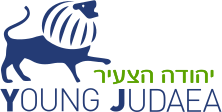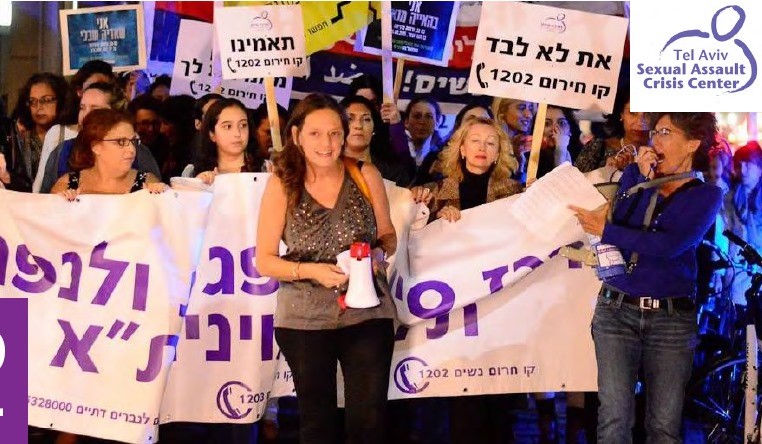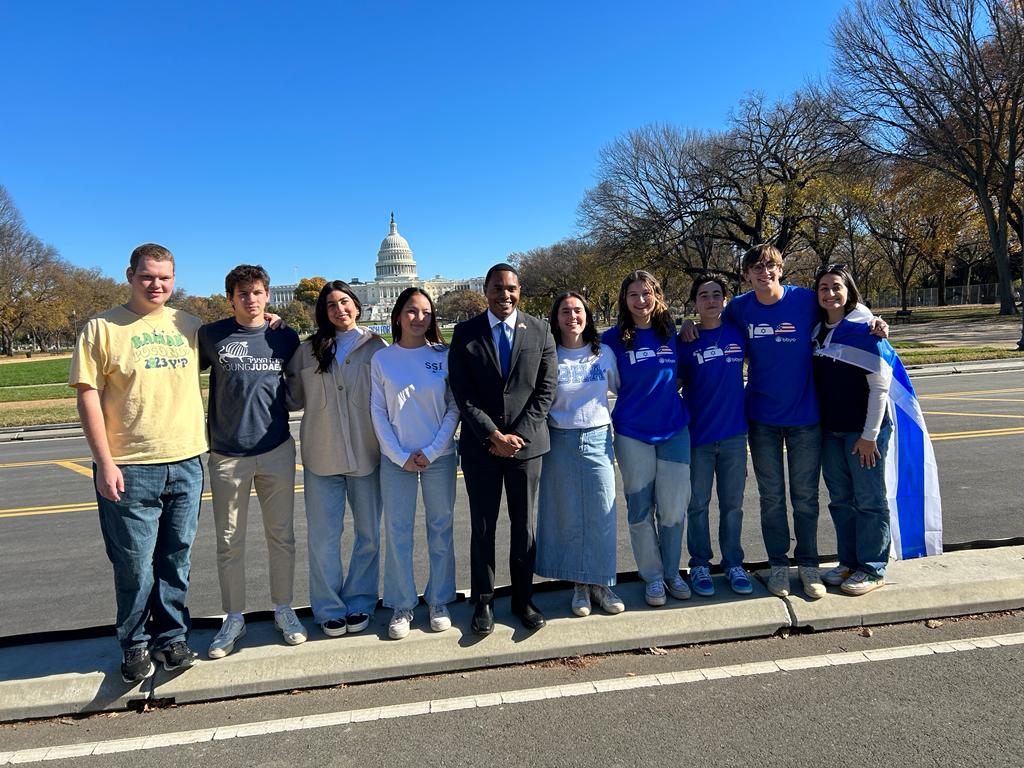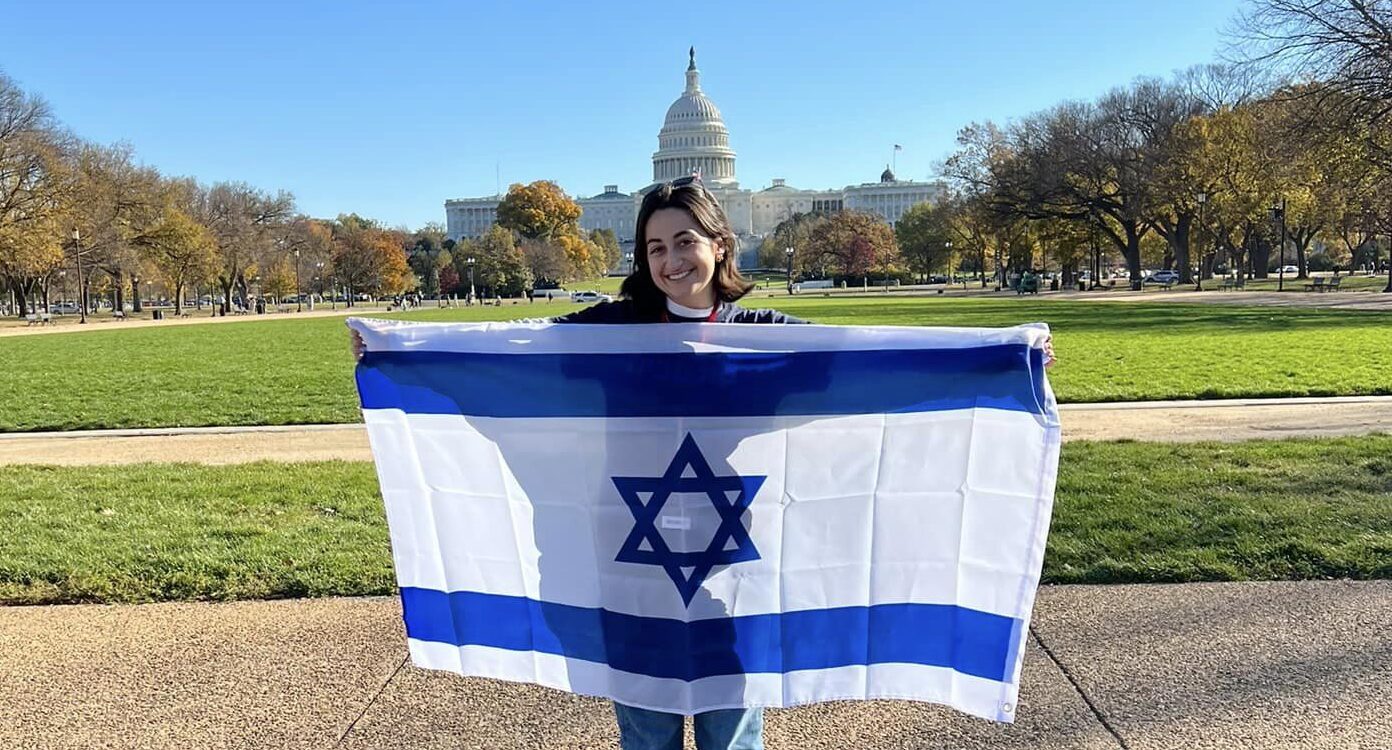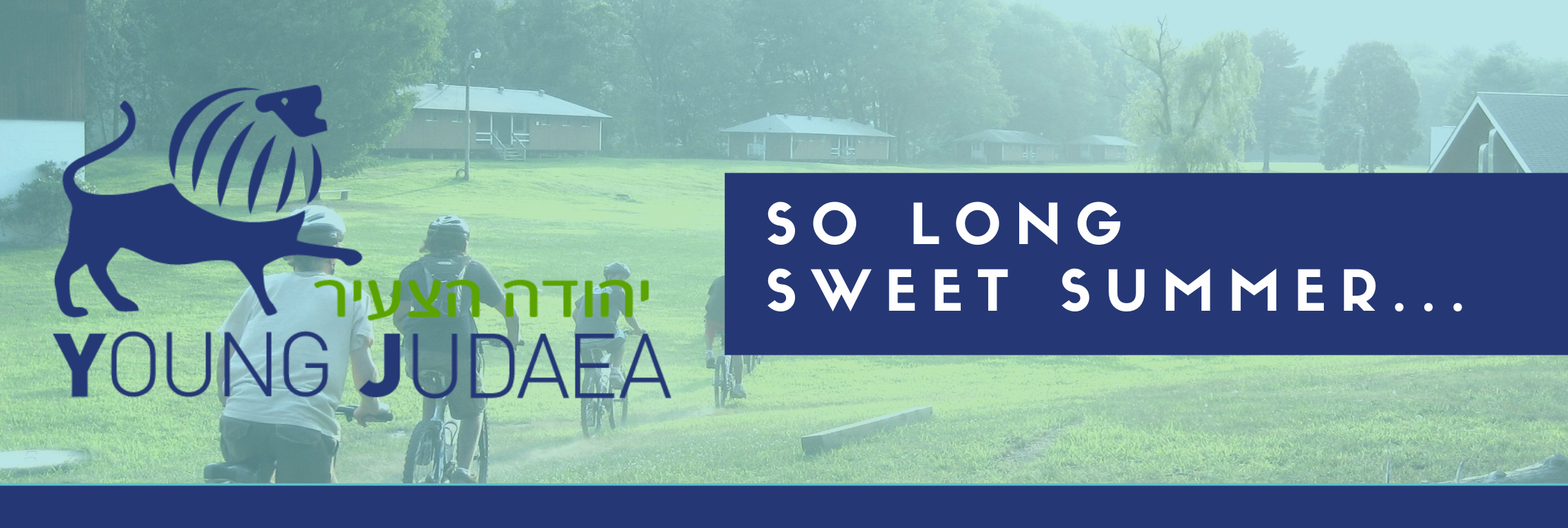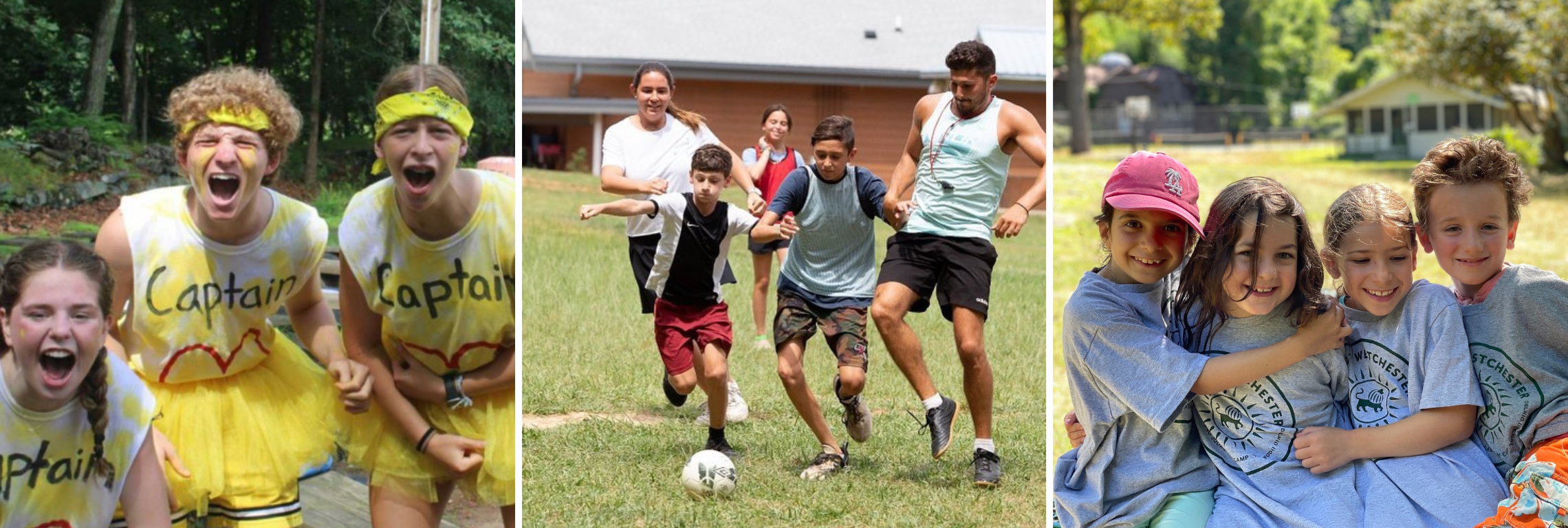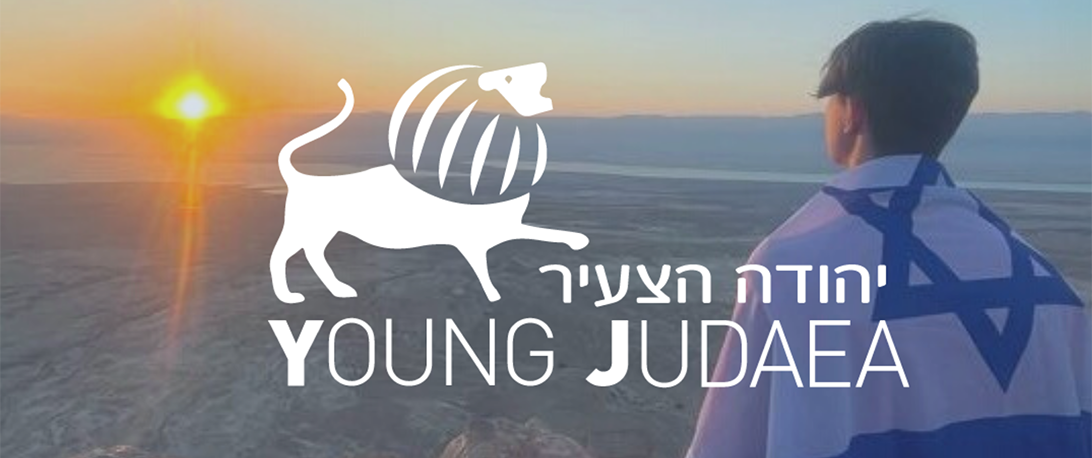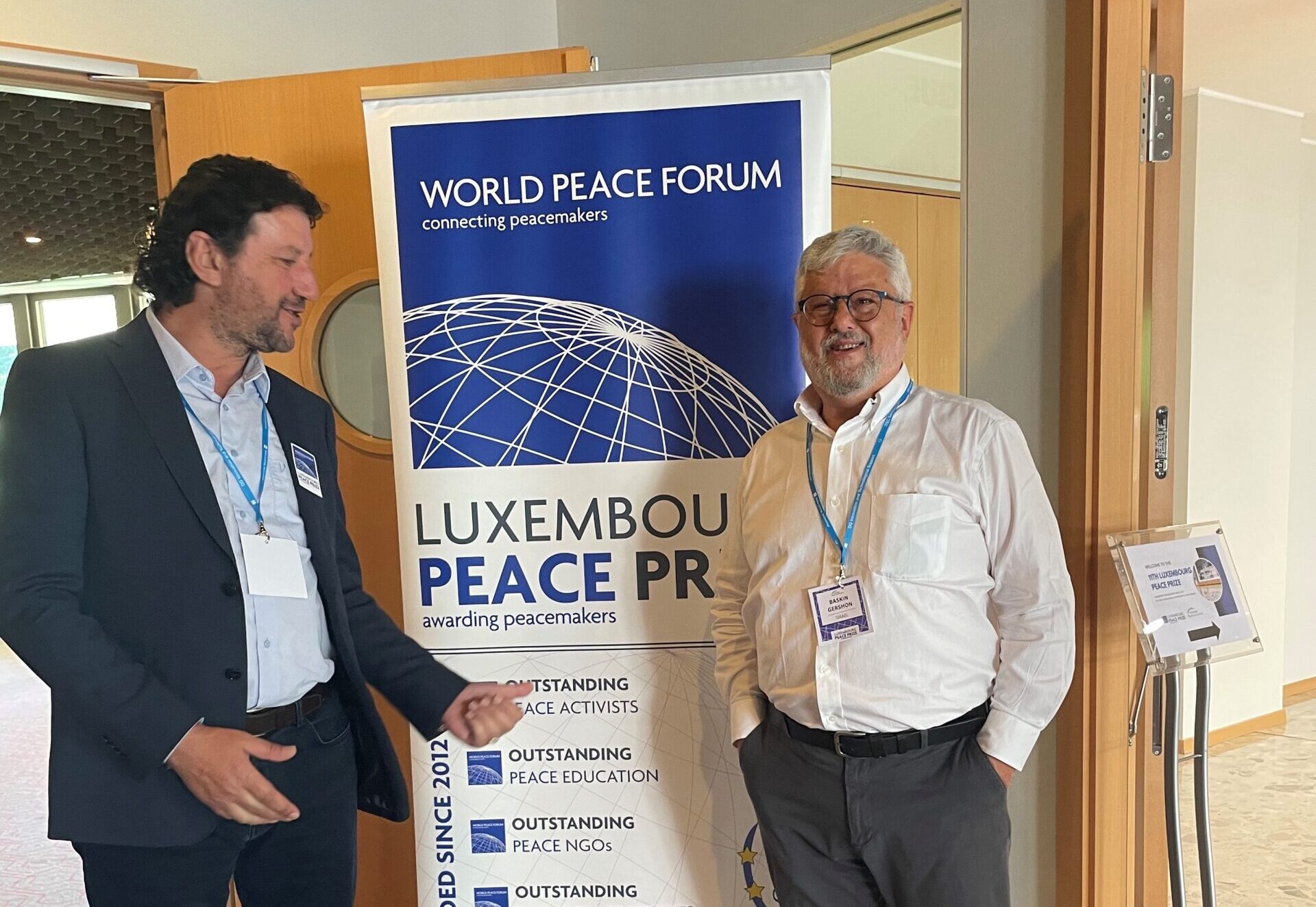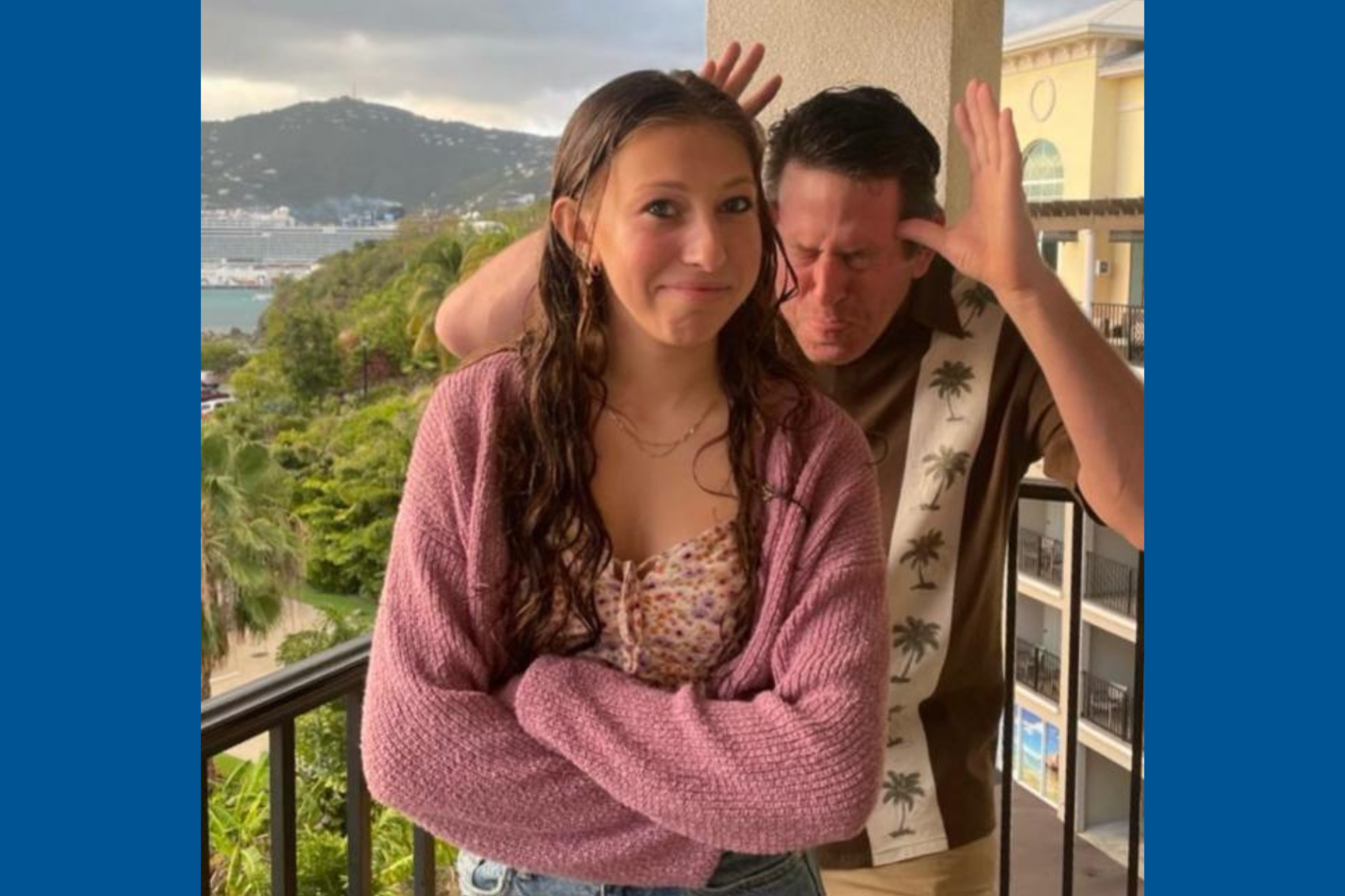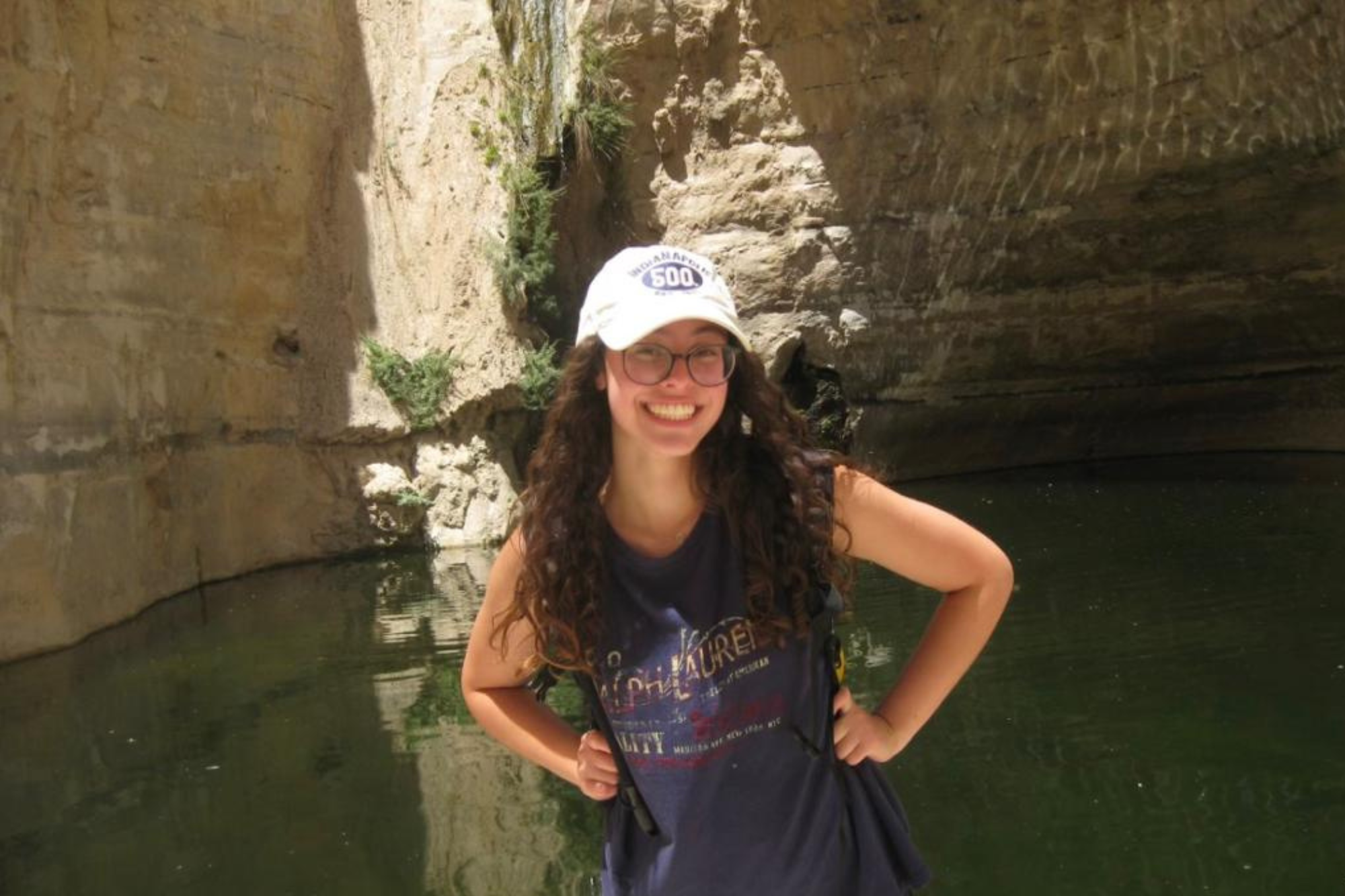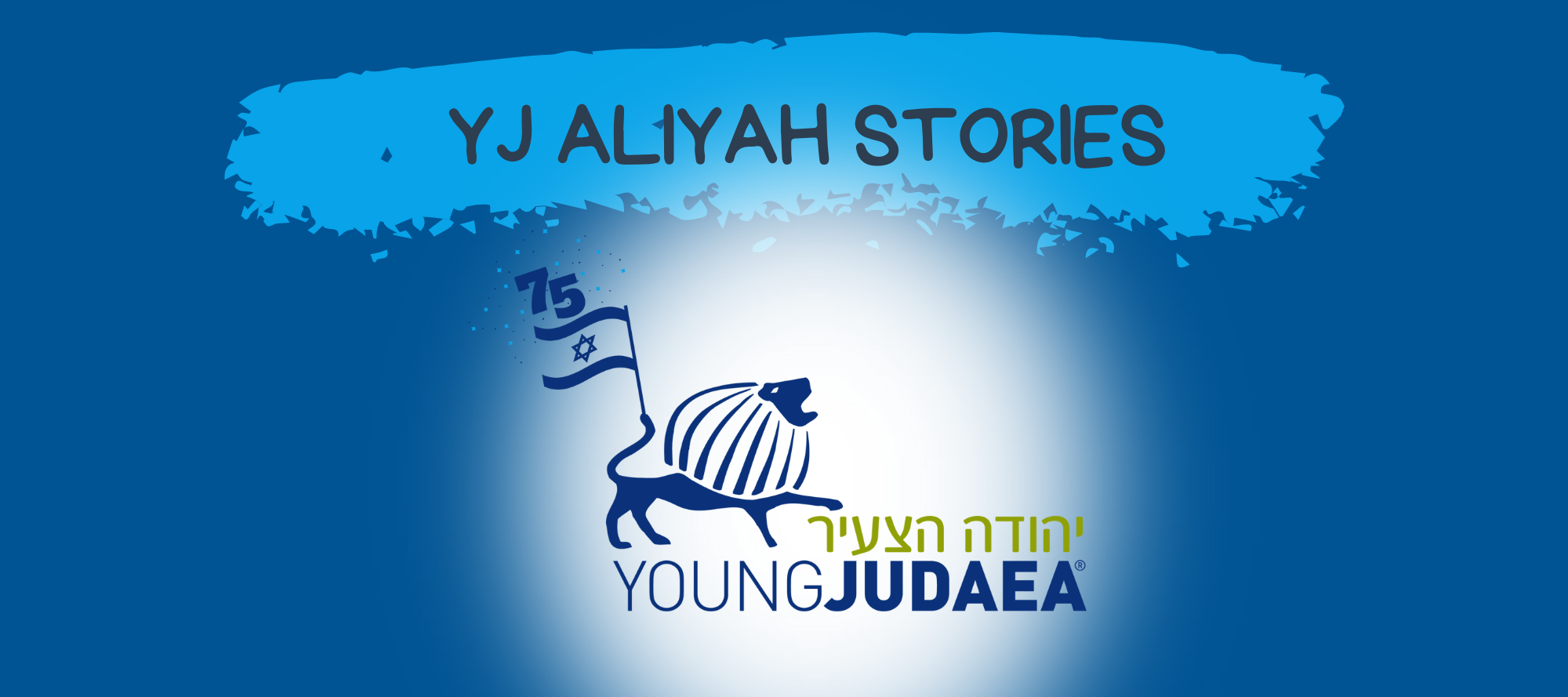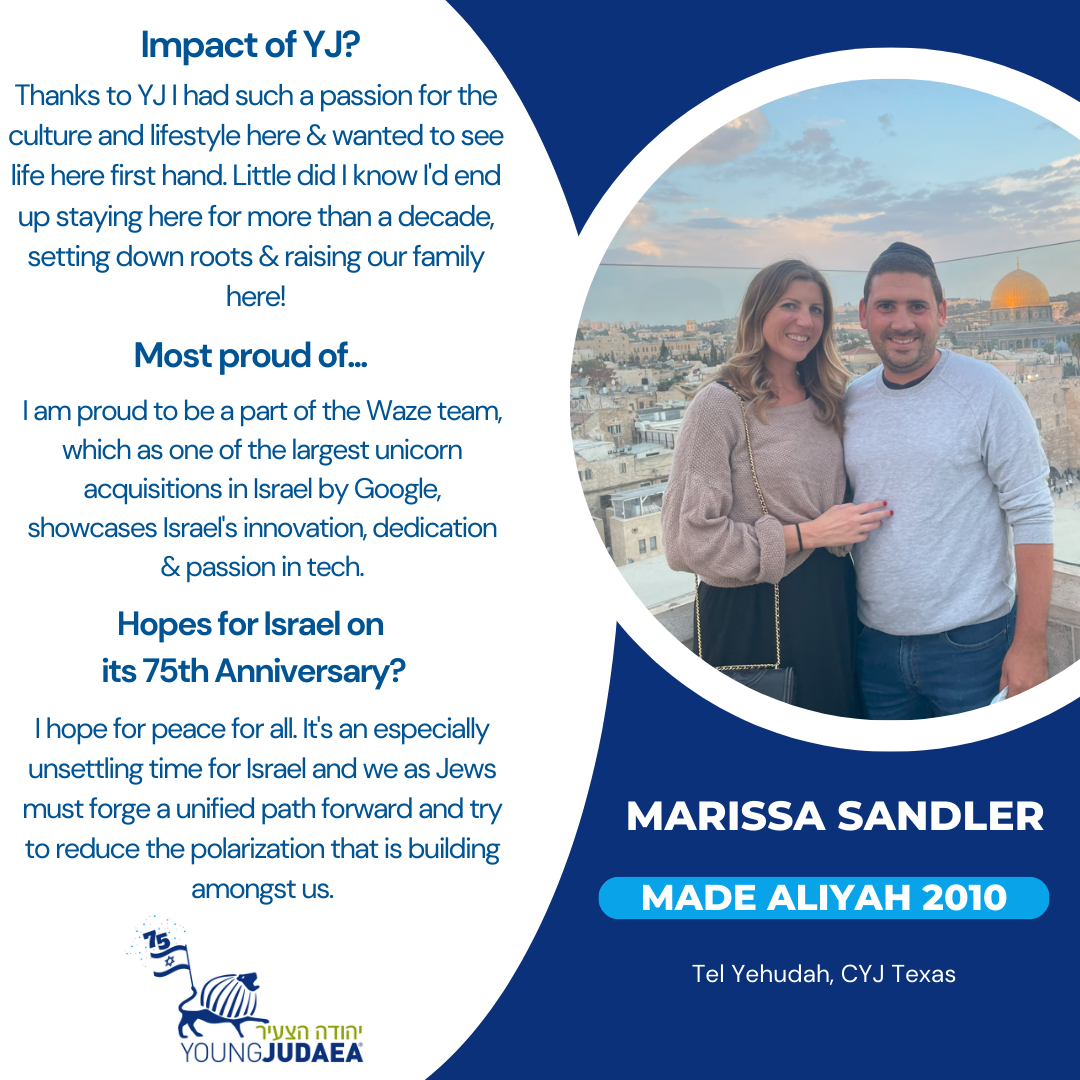An interview between Stu Stein and Gabriella Stein
Stu Stein was a chanich at CYJ Sprout Lake and Tel Yehudah. He has been the Kitchen Manager at Tel Yehudah since the late 80’s.
Gabriella Stein is from Long Island and was a chanicha at CYJ Sprout Lake and Tel Yehudah. She served as the Long Island/New York City Borgrim Programmer and is the current Chavurah Programmer on National Mazkirut.
Questions for Dad:
1. What year were you in Young Judaea/what was your participation like?
I started in camp in 1979 as an offie at Sprout Lake. I then got to TY in 1985 (got my name on the Beit Am wall as a “meemer” as I believe you call them now). I went on Year Course in 1989-90 and I’ve worked on and off again (more on than off) at TY over the past 30 summers.
2. Were you on Maz?
Yes
3. What kept you in young Judaea?
YJ was my home, it was where my friends were it was where I went to have fun. YJ was a lot different when I was growing up than it is now. There was less competition from outside interests. They didn’t really exist. Instead, we had weekly club meetings and regular conventions and we able to spend more time with each other than the kids today can.
4. Did anyone before you do YJ?
Not in our family. My mom was in Hadassah and that’s how we learned about it.
5. Why did you choose to send your kids to YJ and not another, bigger Jewish youth org?
That’s easy. I never really left Young Judaea. Gabriella was “walking” around TY before she could even walk.
6. How has YJ changed throughout the years and how do you feel about the changes?
YJ has evolved with the times. The things YJ chooses to focus on has changed with the changes we see in society. It focuses on the issues that matter to the teens that make up the membership. That’s always been true about YJ. What I’ve always loved about YJ and camp, TY, Sprout, Texas, it’s that we reinvent the place each summer. Each person that comes to camp brings with them their own likes and dislikes and talents and plans and together we all the campers, the staff, the head staff, we all reinvent the place and no summer is ever the same as the summer before or after. That’s pretty special.
Questions for child:
1. What is your experience in Young Judaea (junior camps, maz, etc.)?
My experience in Young Judaea began in 2013 when I started my first summer as a camper. From that summer on, I was hooked. I have been going back every year since. I even joined a few sessions of TY-fi! Last year I was on the LINYC regional mazkirut and this year I am on the National Mazkirut, and I am so grateful to have had both opportunities. Through Young Judaea I met my closest friends, connected myself to my Jewish identity, and strengthened my leadership skills.
2. What connection do you feel to YJ? Is it a strong connection?
To say that I have a strong connection to YJ would be an understatement. YJ is a huge part of my life. I couldn’t imagine myself not being connected to this organization.
3. YJ has gotten smaller since your dad was in YJ, what made you stay?
I think the fact that this smaller organization is the one I grew up with has something to do with it. Until I learned what YJ used to be like, this was just the norm for me. The main reason I continued to come back was because, as cheesy as it sounds, it became a home for me. As each summer came, there was never a “hey Gabriella, do you want to go back to camp next summer?” conversation. I stayed for the people, the environment, and because I would have cried for days if I wasn’t able to return (needless to say, the Covid summer was a rough one in the Stein house.)
4. How has YJ changed during your years?
During my time serving on Maz and being involved in Year Round, I would say YJ has stayed fairly consistent. Most events we had a fair number in attendance. This year is where I am really starting to see things change, maybe it is just the shift in perspective from a younger camper to an older camper and now staff.
5. Do you plan on sending your kids to YJ?
Is that even a question??? Without a doubt yes. If my future husband doesn’t wish to send the kids to camp he will be the one getting sent away. And it wouldn’t be to a summer camp.
6. Favorite YJ memory?
One of my favorite stories and memories from my time in YJ is my firefly story. My friends know this story like the backs of their hands because of how often I reference it. This story takes place in my second or third year at Sprout Lake. Our counselors had arranged for us to “sneak out” one night (it was like 8pm), and they sent us out in shifts. We snuck quickly and quietly to the grass behind the BK (Beit Knesset). I don’t think I had ever felt so sneaky, and I don’t think I will ever feel that sneaky again. Our counselors told us we were there to catch fireflies. So we had fun quietly trying to catch as many of the little creatures as we could. If you have recently been to Sprout, you know that all throughout the day there are Gators driving around camp. At night, that is no exception. So, every few minutes a Gator would roll by and our counselors would quietly yell “GATOR! DOWN!” and all of us would drop to the floor. Now looking back, I don’t know why I didn’t assume all 40 of us were invisible to eye of the Gator’s driver, but that’s camp magic for you! After some firefly-catching-fun we were told to sneak back to the bunks. We crept home and made it back safely (PHEW!) As each of us were getting back into our beds one of the upper staff members charged into our bunk. We were scolded. Humiliated. I swear girls cried. Once we were at our most emotionally vulnerable, after being ripped apart for our mistake by a scary man who was probably at least 2 and half times our size, in walked HB. “Just kidding! We brought Oreos!” Everytime I tell that story it makes me want to smile. I found my home that night.

